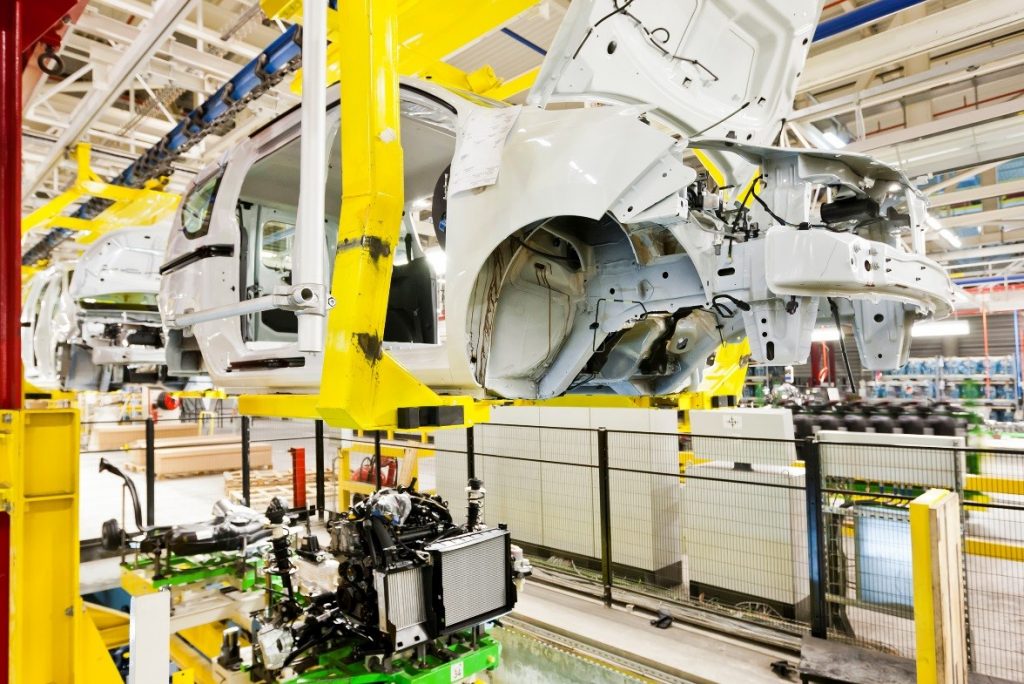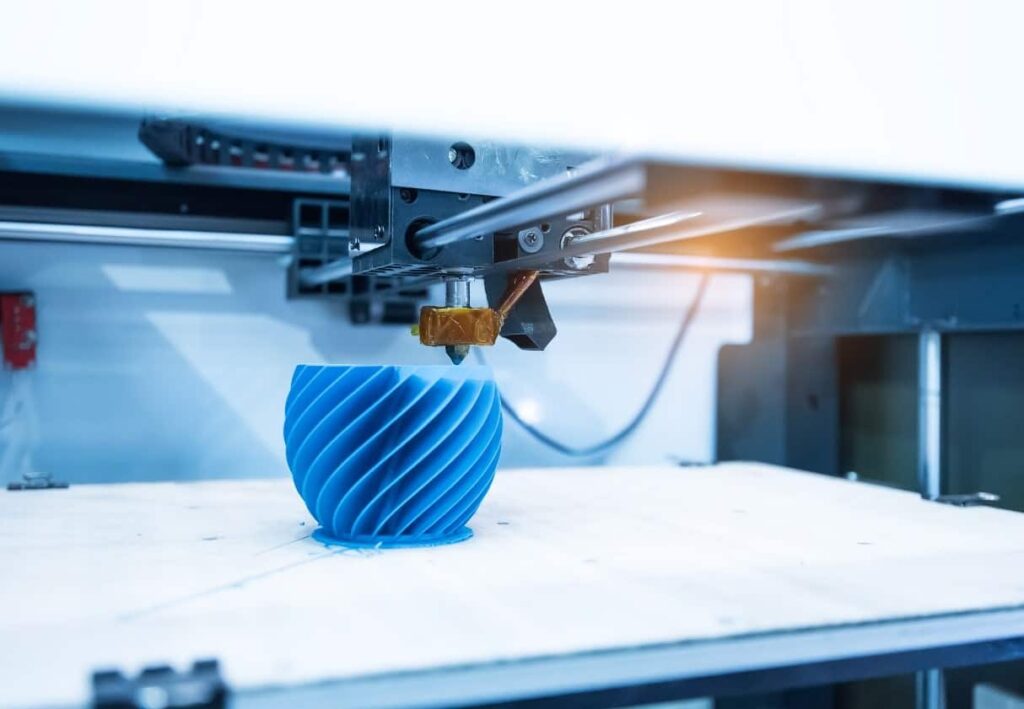The Biggest Changes to Industry in 2019
2019 has seen some big changes in both the engineering and manufacturing industries in the UK and around the world, and as the end of the year approaches, now is the perfect opportunity to look back on the trends that have emerged and shaped the sector.
IoT – The Big Thing in 2019
Emerging IoT technology has seen many changes across all industrial sectors in 2019.
IoT (Internet of Things) involves interconnecting unique devices within an existing internet infrastructure to achieve various goals, including improved safety, increased efficiency, product innovation, and meeting compliance requirements.
It’s estimated that around 63% of manufacturers are confident that applying IoT to their systems will increase future profitability. With that in mind, global investment of around $267 billion in IoT is expected by the end of 2020.
IoT provides manufacturers with the capability to make informed strategic decisions using vital real-time data. According to statistics provided by the MPI Group, around 30% of industrial production processes and equipment already incorporate embedded intelligence/smart devices.
Predictive Maintenance Keeps Production On Track
Critical equipment breakdown costs all sectors of the manufacturing industry dearly every year, both in terms of downtime, repairs, and loss of productivity. Therefore, ensuring that all equipment is functioning to its optimum remains a key priority for manufacturers, many of whom are using predictive maintenance tech to do so.
Predictive maintenance tech has been used increasingly during the last few years to reduce the cost of maintenance, lessen unexpected outages, and extend the life of machinery, often by years. This technology monitors equipment by using performance metrics. Through the automation of the data collection process via IoT technology, manufacturers can develop a clearer understanding of how their systems work and when they are likely to fail.
Being able to predict when maintenance is necessary can save manufacturers money, resources, and time. Monitoring tests can be conducted while equipment is in operation, meaning that there’s no loss of production due to equipment shutdown.
Focus Shift From B2B to B2B2C
In 2019, many manufacturers who had an old-school B2B business model have shifted to a B2B2C (business-to-business-to-consumer) model.
The B2B2C model means that buyers get the manufacturer’s retail price, rather than the wholesale price for products, resulting in increased profit. Companies can prototype, test, and bring products to market faster, rather than contending with the lengthy retail sales cycle that insists on locked-down product development far in advance of order and delivery. That gives manufacturers a competitive edge.
Also, selling direct to customers allows manufacturers to collect data that ultimately results in stronger relationships, better products, and increased sales, and is a trend that’s likely to continue into 2020 and beyond.
ERP Systems Work To Streamline Manufacturing Processes
Enterprise Resource Planning (ERP) has increasingly been used in 2019 by manufacturing companies to streamline their processes, creating a lean, competitive advantage.
ERP streamlines processes by providing real-time, accurate information, and automating business operations. That can reduce operational and administrative costs by helping to prevent disruption and delays.
Traditionally, implementing ERP systems has been time-consuming and frustrating for manufacturers. However, 2019 has seen companies using a rapid implementation ERP system, which can be put into operation much faster and more cost-effectively than traditional ERP systems.
3D Printing Makes Production Processes Faster And Cheaper
2019 has seen more and more manufacturers using 3D printing technology in their production processes. Prototyping using 3D printing is quicker and more cost-effective, allowing designers to troubleshoot, change, and test their products much more efficiently.
Also, manufacturers are able to produce individual items on demand, rather than having to produce and warehouse them.
In heavy industry, the process of tooling has traditionally been time-consuming and expensive. However, 3D printing has changed all that. Moulds, fixtures, and jigs that are used in the mass production of heavy equipment have, to some extent, been superseded by 3D printing technology, especially in the automotive and air industries.
Re-Shoring Has Led To More Made In The UK Products
2019 has seen an increase in re-shoring, that is, companies bringing their manufacturing operations back to the UK.
There are multiple factors that contribute to re-shoring. First of all, the economies in many of the most commonly used off-shoring countries are thriving, which has led to wage increases for resident workers, negating the advantage of exporting production processes to these regions from the UK. Secondly, in those countries where labour continues to be expensive, the infrastructures typically are unable to support the most complex manufacturing operations.
Also, transportation costs are increasing, pushing up overheads and reducing the manufacturer’s bottom line. The increased use of new software programmes and robotics has automated many of the processes that were traditionally performed by human workers, which has also contributed to a resurgence in re-shoring.
Industry 4.0: The Fourth Industrial Revolution
2019 saw the take-up of Industry 4.0 within the manufacturing industry. Industry 4.0 superseded Industry 3.0 and is the fourth generation of this technology.
Industry 4.0 has created smart factories, where intelligent robots, AI, and connected machines work alongside more traditional manufacturing technology. To remain Industry 4.0 competitive, manufacturers must identify crucial business needs, build organisational capabilities, actively adapt their business processes and culture so that both remain relevant, and invest in technology.
In 2019, bespoke spring manufacturers European Springs & Pressings acquired a large-scale, 700sq metre powder coating line. That purchase demonstrated the manufacturer’s commitment to the automotive sector and confirmed its position as one of the largest suspension spring producers in Europe.
Embracing Industry 4.0, European Springs & Pressings introduced new software and touch screen systems that improved production line efficiency. The new tech has also improved the quality of the product, doubled throughput, and enhanced process efficiencies. The new technology works alongside new digital response units that enhance and monitor the powder coverage across the spring units.
There’s no doubt that 2019 has seen some big changes to industry and manufacturing across the world. Technology in various formats has been the main driver of change, enabling companies to enjoy greater efficiency of processes, boosting output, and reducing overheads.
It seems likely that 2020 will see even greater changes across many industries, and emerging technologies, including RPA and Natural Language Generation, will undoubtedly contribute to this.



